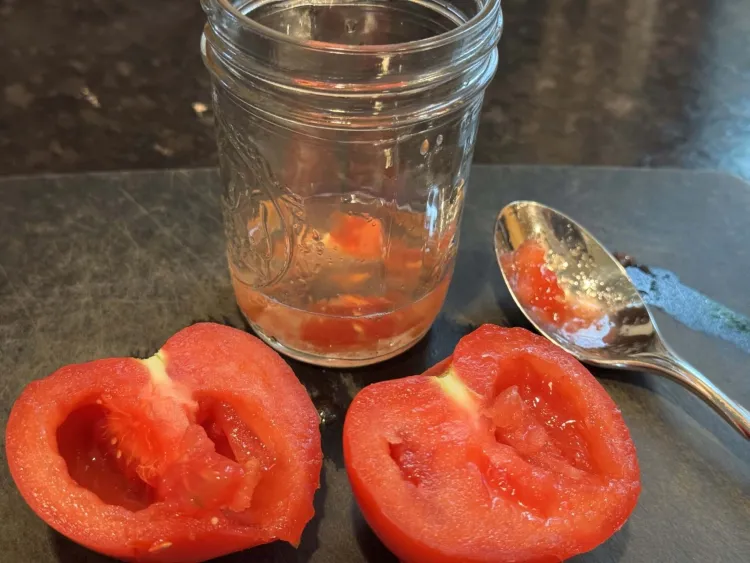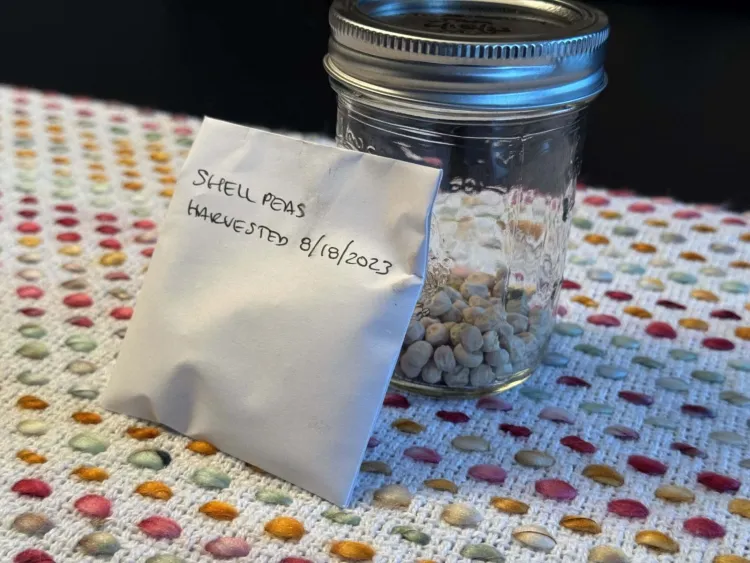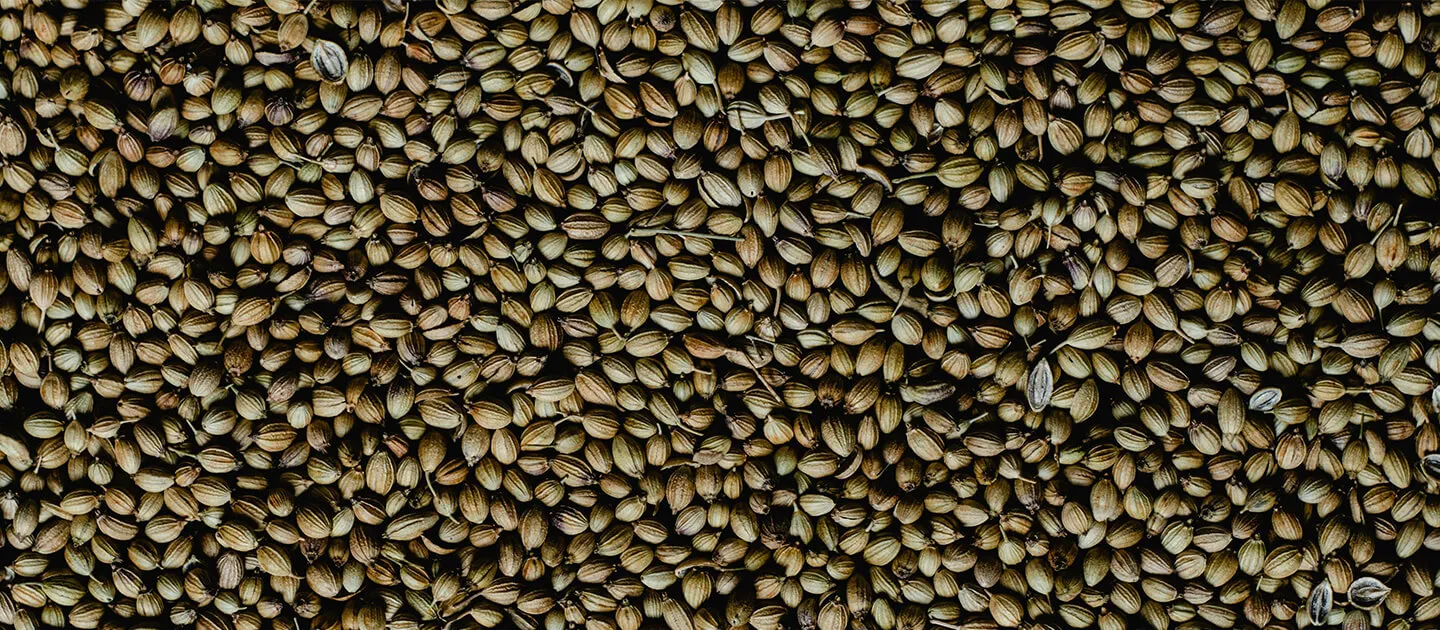Saving seeds from your vegetables crops is a fun and easy way to benefit from nature’s generosity. With a little knowledge and some advanced planning, you can restock your seed supply for next years’ planting at no cost.
When you purchased your vegetable seeds this year, you may recall that some varieties were classified as open-pollinated or heirloom. If you have any of this type of seed, then their fruit can be saved and harvested for seed stock. Hybrid or F1 seeds, however, will not produce seeds that result in true-to-type plants so avoid saving seeds from those plants.
Vegetable plants such as peas, beans, tomatoes and peppers are ideal introductions to seed saving. Their flowers are self-pollinating, so there is less risk of cross breeding.

Keep in mind that the purpose of saving seeds is to propagate more of the fruit that has the best attributes and taste. Therefore, be purposeful about which fruit you select to harvest seed from.
For example, choose the cherry tomato variety with an incredible flavor and fruits that ripened earlier and skins that didn’t crack with too much rain. This may be a better fruit from which to harvest seed than your other cherry tomatoes.
On the other hand, the shell pea variety that was slow to mature, had lackluster flavor or the plant became diseased or didn’t produce well may not be a good candidate. The less desirable traits will be perpetuated in its seeds.
The following are seed saving steps for these four crop types.
Tomatoes: Save seeds from the fruit at the point at which it is fully ripe. Cut a tomato open and scoop the seeds and gel out, placing them in a glass jar and adding some water. Agitate the mixture twice a day for five days, at which point it will ferment, and the seeds will sink to the bottom. Discard any seeds that float on top as these are non-viable. Pour out the liquid and lay the seeds out on newspaper, coffee filters, paper plates or a screen to dry.
Peppers: Choose your seed pepper from the first few fruits produced by the plant as those seeds may have the highest viability. Allow the pepper to ripen to its final color before harvesting. Cut open the pepper and separate the seeds from the flesh. The use of gloves and goggles will help you avoid direct exposure to the capsaicin contained within hot peppers. Put the seeds in a glass jar with water to test for viability. Scoop off and discard any seeds that float to the top. Rinse the remaining seeds and spread them on drying medium.
Peas and Beans: Leave bean and pea pods on the vine until they are dry, begin to turn brown and the seeds rattle inside. Pick the pods from the plants, and bring them indoors to continue drying.
Seeds are adequately dry when you cannot dent them with a fingernail, about one to three weeks. Label your seeds with the plant name, variety and the date of seed harvest. Dried seeds can be stored in tightly sealed glass containers, glassine sleeves (translucent seed-saving envelopes), plastic bags or containers or paper packets.

When completely dry, store your seeds in a cool, dry, dark place and pull them out next season to enjoy the fruits of your labor.
For more information, check out https://go.uvm.edu/saving-seeds and www.seedsavers.org. In addition, University of Vermont Extension Master Gardener Helpline volunteers can answer questions about saving seeds or other gardening topics. Call (802) 656-5421 (Thursdays, 9 a.m. to noon) or submit questions online anytime at https://go.uvm.edu/gardeninghelp.
